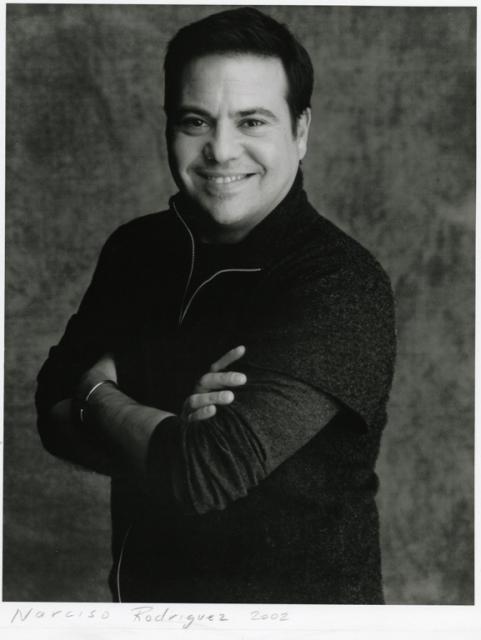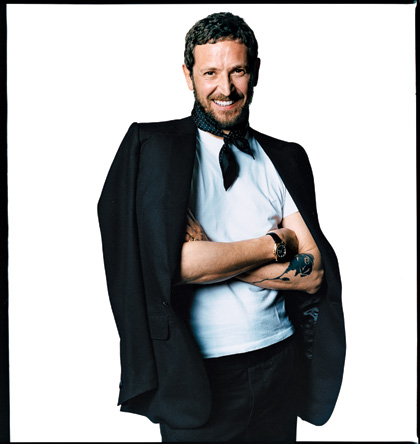Elizabeth Tilberis, (b 7 September 1947 – d 21 April 1999) born Elizabeth Jane Kelly, known professionally throughout her career as Liz Tilberis, was a British fashion magazine editor.
Tilberis went to Malvern Girls College. She then went to Leicester Polytechnic where as a fashion student, she was expelled for having a man in her room. She then tried to go to Jacob Kramer Art College in Leeds. Andrew Tilberis, was an art tutor, and looked over her portfolio for admission. He was unimpressed with her work, but Liz gave him a speech why she wanted to attend and won him over (and later married him).
In 1967, British Vogue held a contest requiring three essays. Liz was the runner-up and began an internship there, making tea, picking up dress pins, and ironing for fashion shoots for 25 pounds per week. Later stating about her internship: “I succeeded by knowing the right answers, but also when to keep my mouth shut, when to smile and to do really good ironing”
Beatrix Miller, then editor-in-chief, noticed how nice and enthusiastic Liz was, and was promoted to fashion assistant in 1970. In 1971 she married Andrew Tilberis, whom her father forbade her to marry because “he was a foreigner.” They remained married for almost 30 years before her untimely death.
During the 1970s and early 1980s, Liz began fertility treatments to try to conceive. They were not successful and she adopted sons Robert in 1981 and Christopher in 1985.
After 20 years at British Vogue, Liz was offered a lucrative job in New York City as part of Ralph Lauren‘s design team in 1987. She sold her house, packed up, and was about to leave for the United States. Anna Wintour, the then-editor, suddenly called Liz into her office, and informed her that she was moving to New York to become American House & Garden‘s new editor. She offered her job to Liz, which she accepted. Its circulation began to rise under her leadership and she said, “My staff are respectful rather than frightened.”
In 1992, Tilberis took over the helm of fashion institution Harper’s Bazaar. In December 1993, Tilberis was diagnosed with ovarian cancer at the age of 46, a disease she publicly blamed on her use of fertility drugs. She spent the next seven years at Bazaar balancing chemotherapy and revitalizing the 125-year-old magazine. Under her leadership, the stale magazine became a leading American fashion magazine again with top supermodels and fashion photographers such as Patrick Demarchelier.
Princess of Wales Diana, right, walks through the Metropolitan Museum of Art in New York to attend the Costume Institute Gala with Liz Tilberis, chair of the event, Monday Dec. 9, 1996
Tilberis also served as President of the Ovarian Cancer Research Fund from 1997 until her death in 1999. She escorted Diana, Princess of Wales on one of her last visits to New York, even though Tilberis herself was undergoing chemotherapy treatments for her cancer. Diana would telephone and write Tilberis to give her words of comfort and encouragement, until her own untimely death in a car accident on 31 August 1997.
Tilberis died on 21 April 1999 in New York City from Ovarian cancer. Tributes to her were in the June 1999 issue and the entire July 1999 issue of Bazaar.

































































